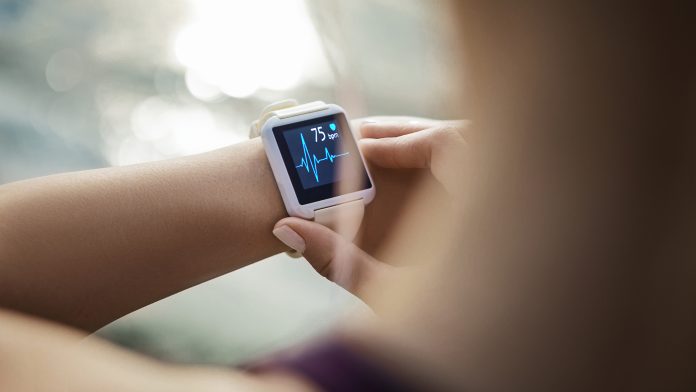
Investigators report on whether a smartwatch can detect atrial fibrillation using electrocardiogram (ECG) technology accurately.
Extended cardiac monitoring in patients using implantable cardiovascular electronic devices that increase atrial fibrillation (AF) detection is commonly used; however, these devices have limitations, such as short battery life. This led a team of international researchers to investigate the Apple smartwatch with an ECG strip and their results.
The study, published in the Canadian Journal of Cardiology, found that using smartwatches can be challenging in patients with abnormal ECGs. The investigators noted in their research that better algorithms and Machine Learning may help smartwatches provide more accurate diagnoses.
“Earlier studies have validated the accuracy of the Apple Watch for the diagnosis of AF in a limited number of patients with similar clinical profiles,” explained lead investigator Marc Strik, MD, PhD, LIRYC institute, Bordeaux University Hospital, Bordeaux, France. “We tested the accuracy of the Apple Watch ECG app to detect AF in patients with a variety of coexisting ECG abnormalities.”
Testing smartwatches and their accuracy
The study included 734 consecutive hospitalised patients who each underwent a 12-lead ECG, followed by a 30-second Apple Watch recording. The smartwatch’s automated single-lead ECG AF detections were classified as “no signs of atrial fibrillation”, “atrial fibrillation”, or “inconclusive reading”.
The researchers supplied the data to an electrophysiologist who carried out a blinded interpretation and assigned each recording to “AF”, “absence of AF”, or “diagnosis unclear”. Further testing was conducted by a second blinded electrophysiologist who interpreted 100 randomly selected traces to determine the extent to which the observers agreed.
Analysing the results
The team found that in approximately one in every five patients, the smartwatch ECG failed to produce an automatic diagnosis. The risk of having a false positive AF detection was higher for patients with premature atrial and ventricular contractions (PACs/PVCs), sinus node dysfunction, and second or third-degree atrioventricular block. For patients with AF, the risk of a missed AF reading was higher in patients with ventricular conduction abnormalities (interventricular conduction delay) or rhythms controlled by an implanted pacemaker.
Furthermore, the two electrophysiologists highly agreed on the differentiation between AF and non-AF. The smartphone app connected to a smartwatch correctly identified 78% of the patients who were in AF and 81% who were not in AF. The electrophysiologists identified 97% of the patients who had AF and 89% who were not.
Patients with PVCs were also three times more likely to have false positive AF diagnoses from the smartwatches ECG technology, and identifying atrial tachycardia (AT) and atrial flutter (AFL) in patients was poor.
“These observations are not surprising, as smartwatch automated detection algorithms are based solely on cycle variability,” Dr Strik noted, explaining that PVCs cause short and long cycles, which increase cycle variability. “Ideally, an algorithm would better discriminate between PVCs and AF. Any algorithm limited to the analysis of cycle variability will have poor accuracy in detecting AT/AFL. Machine learning approaches may increase smartwatch AF detection accuracy in these patients.”









